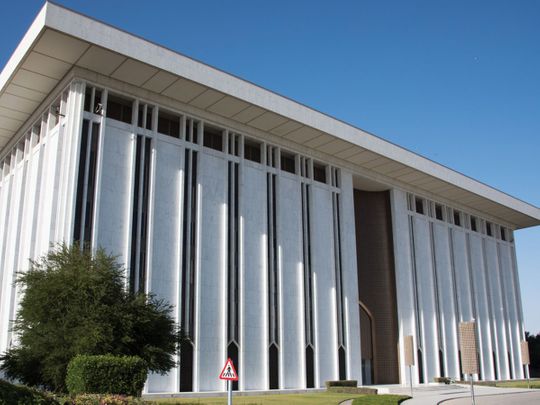
Dubai: Saudi Arabia’s economy experiences an increase in available funds, or liquidity, demonstrating a robust year-over-year growth rate of 9 per cent and reaching a historic high of $773 billion (Dh2.8 trillion) by the end of Q2 2024.
According to the Saudi Central Bank (SAMA) statistical bulletin for July, this growth represents an increase of $63.5 billion (Dh233 billion) from the $71 billion (Dh 260 billion) recorded in the same period of 2023.
On a quarterly basis, liquidity also saw a 3 per cent rise, up by $20 billion (Dh73.4 billion) from $752 billion (Dh2.7 trillion) at the end of Q1 2024. This indicates a steady expansion of the monetary base in Saudi Arabia.
Since the beginning of the year, liquidity has grown by 5.5 per cent, increasing by over $39.5 billion (Dh145 billion) from $725 billion (Dh2.6 trillion) at the end of January to $765 billion (Dh2.8 trillion) by the end of July.
These strong liquidity levels have been instrumental in supporting Saudi Arabia's economic and commercial framework, driving positive rates of economic development.
Additionally, currency in circulation outside banks amounted to $61 billion (Dh224 billion), representing about 8 per cent of the total.
Quasi-money deposits include residents' deposits in foreign currencies, deposits backed by letters of credit, ongoing transfers, and repurchase agreements (repos) between banks and the private sector.
Domestic liquidity is divided into three categories: M1, which includes currency in circulation outside banks and demand deposits; M2, which adds time and savings deposits to M1; and broad money M3, which encompasses M2 along with other quasi-money deposits.



